Start Fund: responding to lesser known humanitarian crises
We all too often see in the media, news concerning large scale humanitarian disasters, like the earthquake in Nepal or Typhoon Haiyan in The Philippines. It is right that there...
We are a pool of workers that support DFID programmes when disasters or conflict strike. We assess the crisis areas and recommend which partners to work with and what projects to fund. We tend to zip around at short notice. Recently our bloggers have been to the Philippines, Central African Republic, Niger, Zimbabwe and the Occupied Palestinian Territories.
We all too often see in the media, news concerning large scale humanitarian disasters, like the earthquake in Nepal or Typhoon Haiyan in The Philippines. It is right that there...
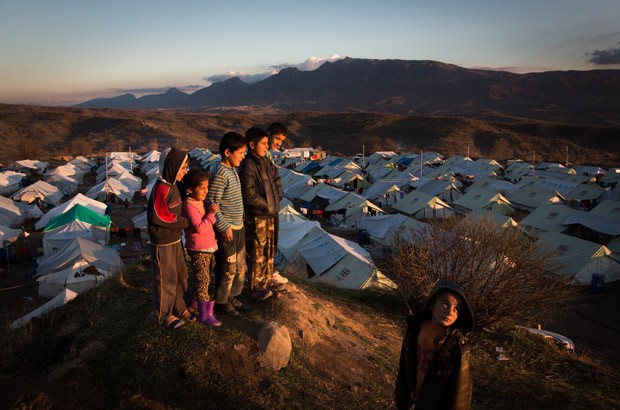
...the long term. This support has been in areas such as education and health and has helped build the resilience of people to better withstand crises. But when crises do...
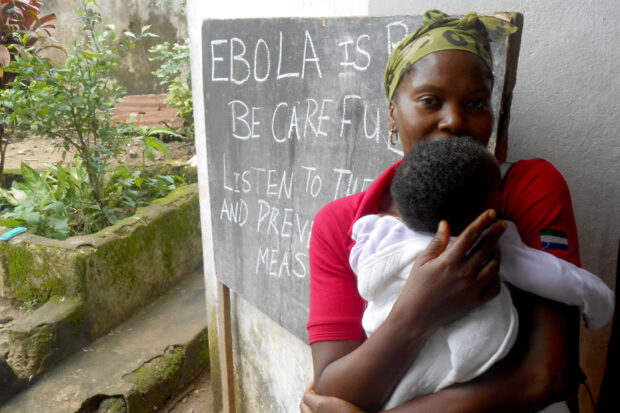
...a at sub-national level to reduce FGM. Working across borders Governments should also work together across borders to share policies, best practice and legislation. Girl Summit 2014 has mobilised over...
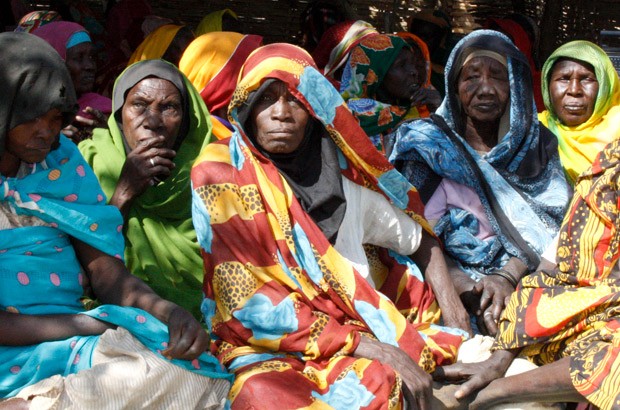
For many of us, the New Year may mean resolutions vaguely made and probably never kept. They usually concern less than fundamental things. But for the people of Darfur, caught up in a now largely forgotten conflict, 2015 has so far …
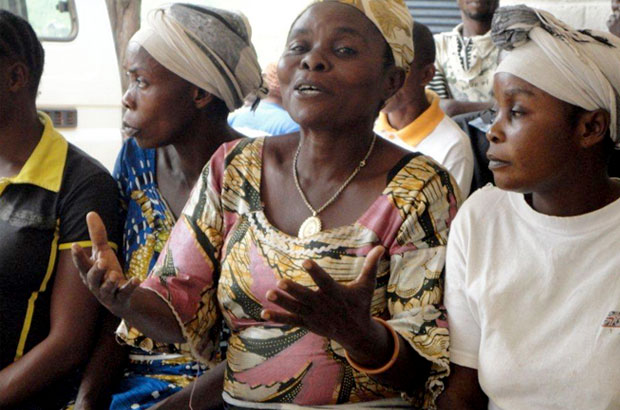
Having arrived in DRC just over a month ago, I was incredibly lucky to be taken with Alastair and Mischa - colleagues from the DFID DRC humanitarian team - to see our programmes in the east. Having seen that special security …
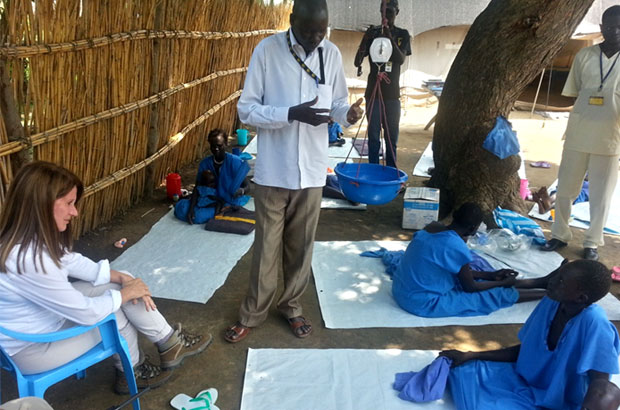
I can clearly remember my first overseas visit as a DFID minister. It was just under 2 years ago, in October 2012. I was struck by the optimism and hope that filled the air of this new and ambitious country. …
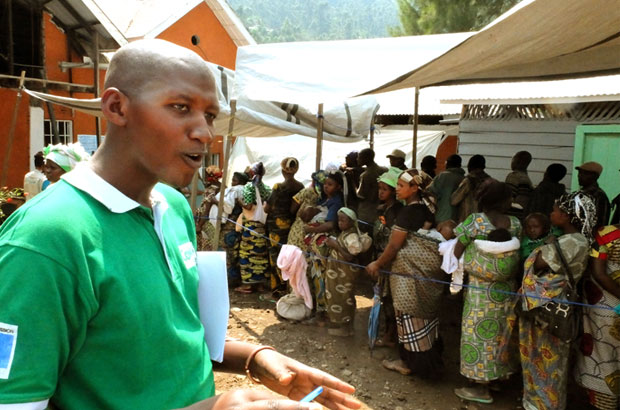
Cash transfers are an increasingly important component of DFID’s poverty-reduction tool kit. There is strong evidence that they are a highly effective means to support extremely vulnerable and poor people. Cash transfers can help people to recover from shocks caused …
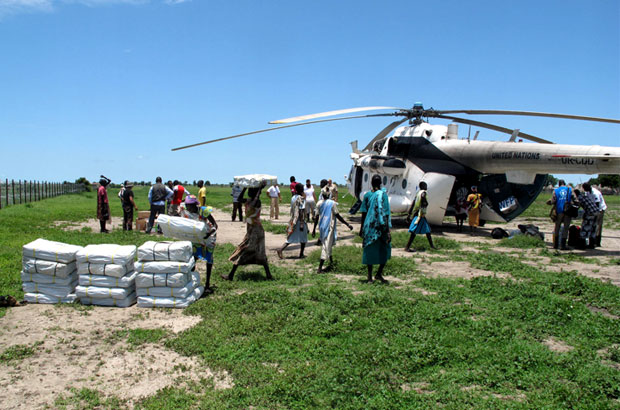
The helicopter banks down steeply to the left, and we’re approaching Akobo town; the miles of flat scrub land and acacia trees have given way to a scattering of huts and one-story, corrugated iron-roofed brick buildings. We hover over a …

The last time I flew into Tacloban was in the back of a British military Hercules (I wrote about it here). Boxes of high energy biscuits lined the runway and lifesaving relief supplies were unloaded from military planes from all …

The felled trees and fallen telegraphs poles have been cleared and electricity has been restored to the town of Roxas since the last time I was here, but the signs of Typhoon Haiyan are still everywhere to be seen. Back …
Recent Comments